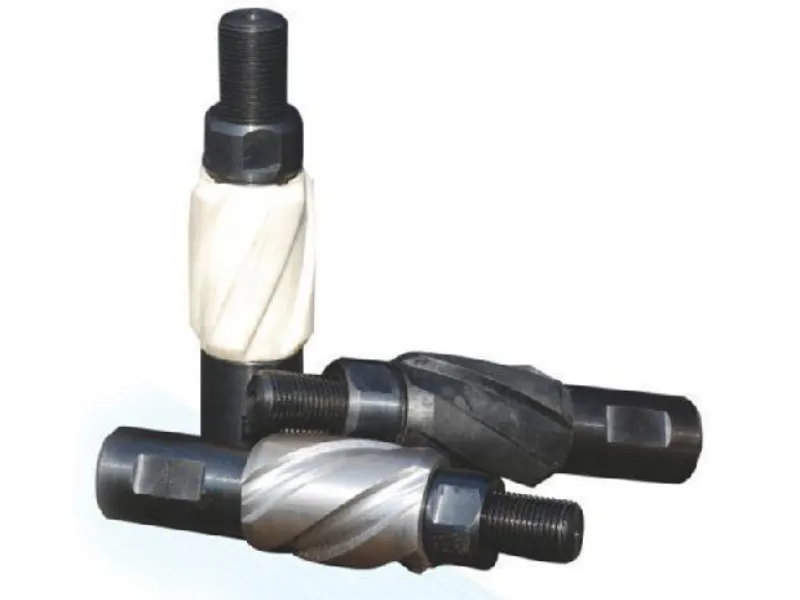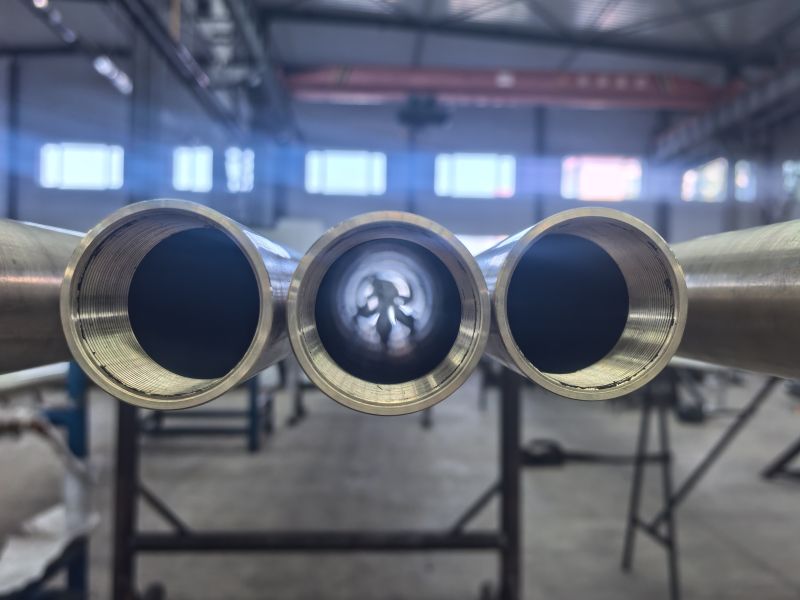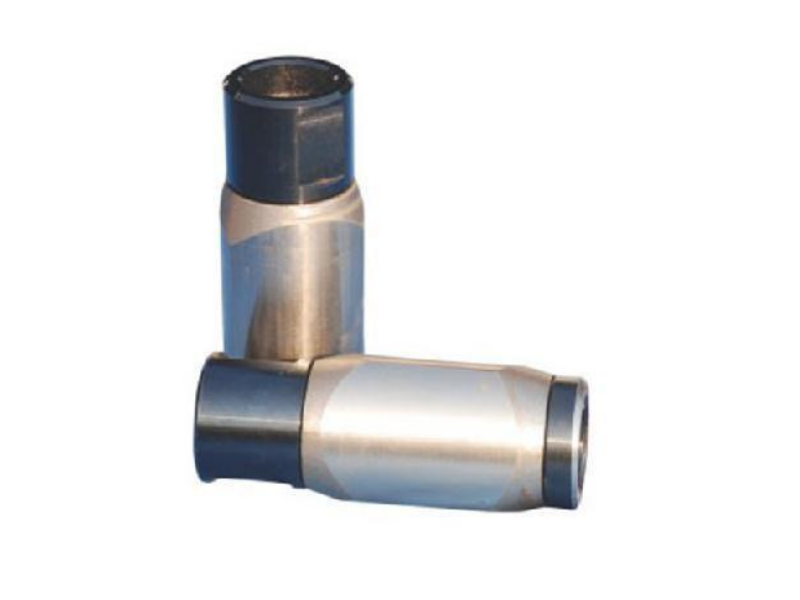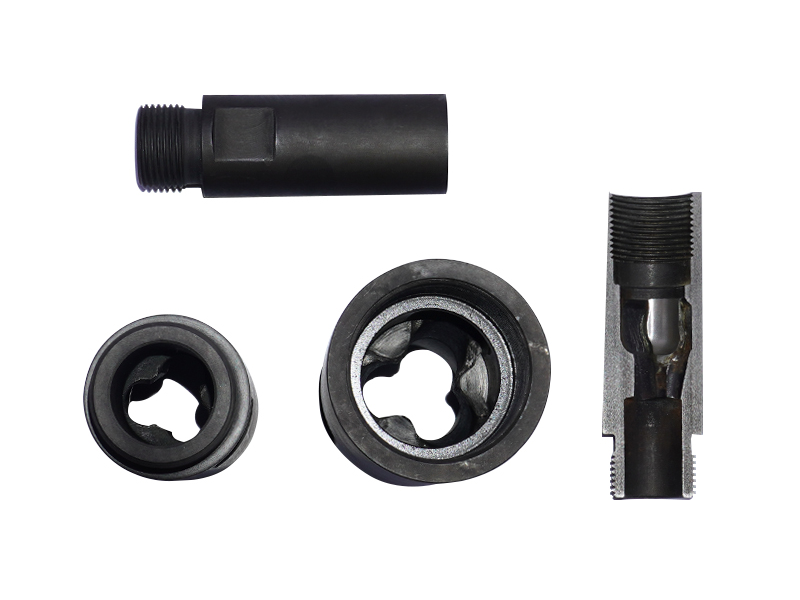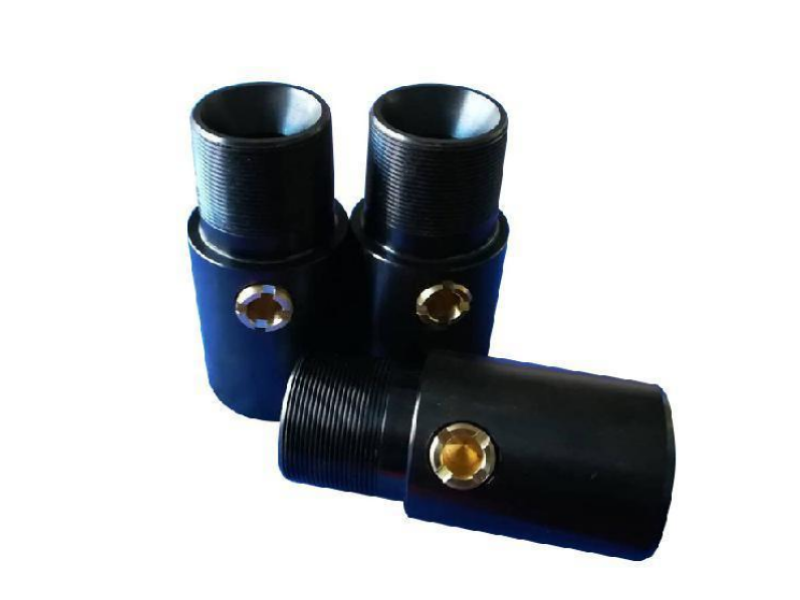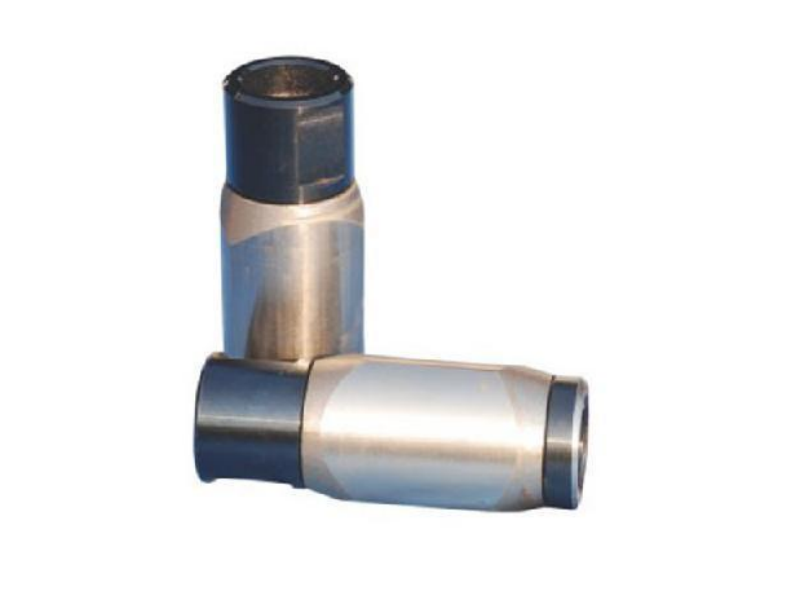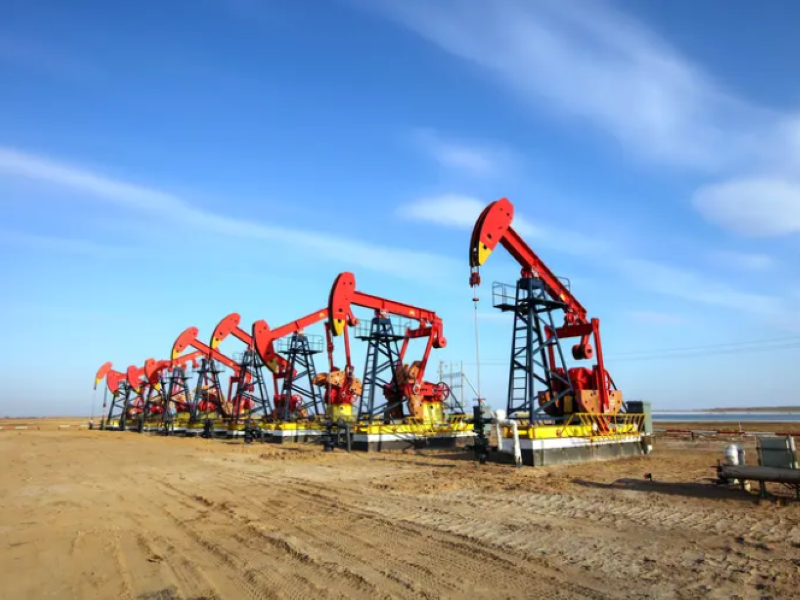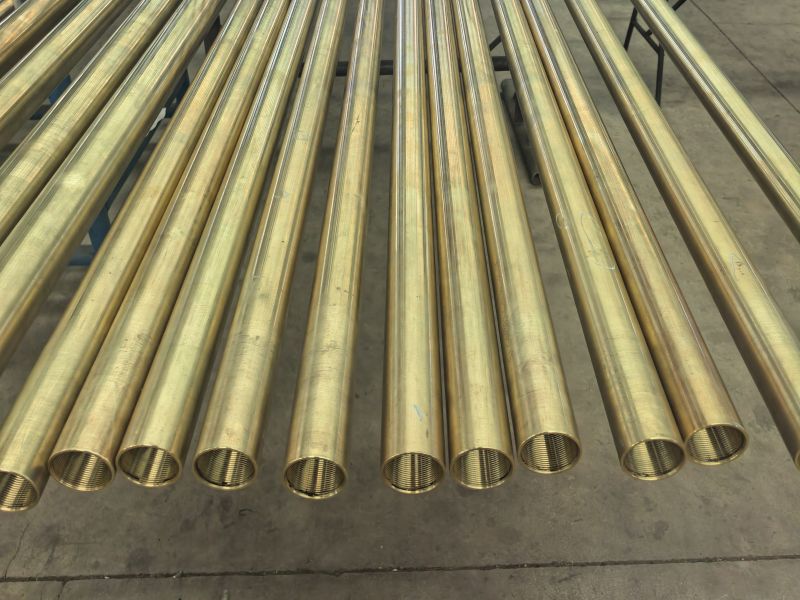11-12/2025
In oil exploration, the adaptability of sucker rod centralizer directly determines whether it can be stable and anti-wear and anti-stuck in different well types and complex well conditions. The columnar sucker rod centralizer developed by Dongsheng Petroleum, relying on structural and material innovation, breaks through the limitations of traditional equipment “single adaptation” and realizes flexible matching in multiple scenarios. We analyze the adaptation advantages of this sucker rod centralizer from the three dimensions of well type, well condition, and installation, and show its ability to support different mining scenarios.


